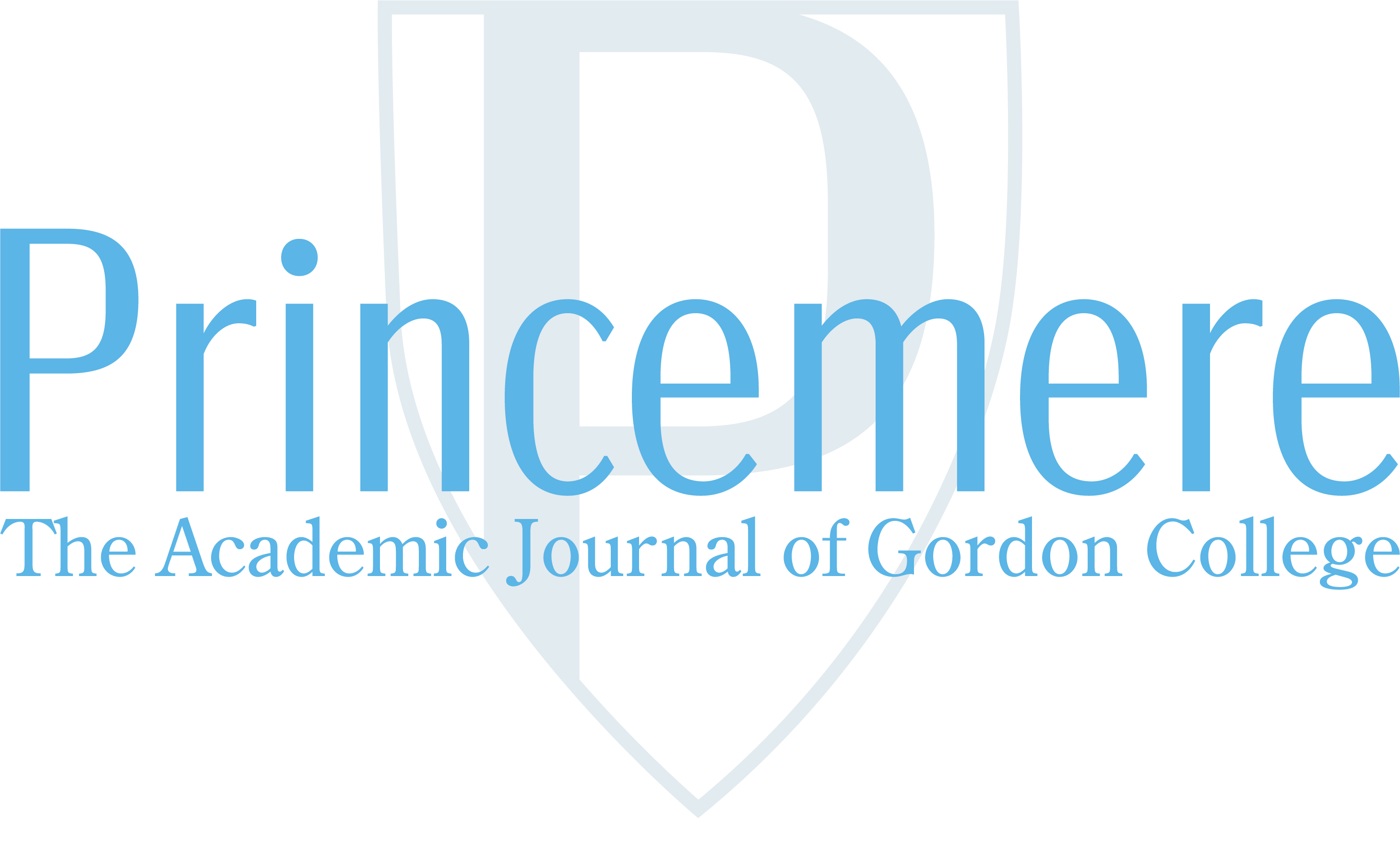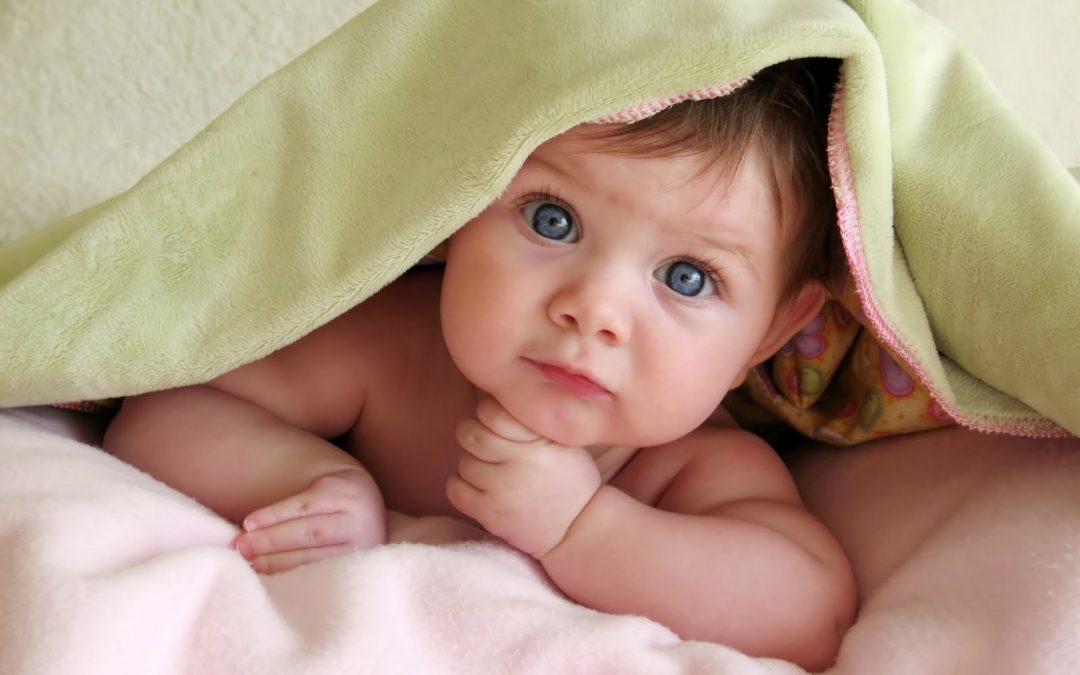Misheel (or Мишээл if you can read Cyrillic) is the tenth most common name in Mongolia. I share this given name with 11,633 other people, or about 0.36% of Mongolia’s total population (Mongolian Statistical Information Service). It means ‘smile’ and is generally considered a ‘girl’s name’ in Mongolia, much to my embarrassment for most of my childhood. However, this is just the name on my passport and birth certificate because, in spirit, my grandparents gave me the Hebrew name Mikha’el, meaning ‘who is like God?’ The English name Michael is derived from Mikha’el, hence why my parents decided to call me ‘Mike’ in English.
In the United States, Michael comes in at fourth place for the top names of the last century, and even second place in the most popular male baby names of the 00’s (Social Security). This is probably a surprise to no one, as we’re all acquainted with at least a dozen Michaels and Mikes of all ages, and a dozen more celebrities – think Michael Jordan, Michael Jackson, Michael J. Fox, etc. you get the picture.
It might be a surprise to some, then, that Michael is actually declining in popularity as a baby name. According to US social security data, Michael was the third most popular male baby name in 2010, with 17,359 new-borns being given the moniker; in 2015, Michael had fallen to 9th place, and in 2019, it had fallen further still to 14th place. Last year, just 10,514 children were named Michael, the lowest number since 1938. Why? In an interview with The Wall Street Journal, ex-social security worker Michael Shackleford described his strong desire to avoid giving his child a common name. “It was a personal goal of mine to kill (the name Michael) …if any name becomes too popular, it just ruins it” (Adamy, 2017). Taking a one percent sample of social security card applications, he found out which names to steer clear of. A similar sentiment is echoed in a CollegeHumor video titled ‘No New Mikes in 2016’, in which cast member Mike Trapp admonishes parents to stop naming their children Michael (CollegeHumor, 2016)
It seems as though the reign of Michael as the all-American boy name is coming to an end. The question now is: what has replaced it? In 2019, the three most common male baby names (in order) were Liam, Noah, and Oliver. What’s interesting about Liam in particular is that it has become popular astonishingly quickly; Liam did not crack the top 100 list until 2006 at 98th place but shot up to 30th place by 2010. For now, Liam is the king of US male baby names.
To investigate the above statistics and more, I downloaded all of the national naming data from the US Social Security website. Social security has been recording every instance of every name given to all children since 1880 based on applications for social security cards. To qualify for inclusion in naming data, the name must be at least two characters long, and there must be no fewer than five occurrences of the name in any “geographic area”. This is done to protect the privacy of individuals who have very uncommon names. This method of collecting name data is highly effective because a social security number is required to get a job or receive benefits, among other things – in effect, almost every US citizen has one.
I analysed the entire list of names for males and females, as provided by social security, in five-year intervals, beginning in 1960 and ending in 2019. Thus, the years 1960, 1965, 1970, etc. can be considered sample years representing the larger trend. For each of these years, I calculated a set of statistics, always by sex, explored in the sections below. This was done because the figures for names given to males and females consistently diverged in ways important for the purposes of this paper.
These statistics include the number of births, the number of unique names, the number of births per unique name, and the percentage of the population given a name ranked among the top 100 most popular names.
These are the three trends that are the focus of this paper:
1. There are more female names than male names
2. The number of unique names is increasing
3. The most common names are becoming less popular
I argue that these trends can largely be explained by the history of the dominant religion and culture of the United States. The US is becoming more diverse both ethnically and religiously, and these naming trends reflect that current reality while also projecting what is to come in the future. The first of these trends to examine lies at the intersection of gender and culture.
1. There are more female names than male names
Perhaps the most interesting phenomena is that there is a consistently greater number of names given to females than to males. The average gap in the number of female and male names between 1960 and 2019 is 4680, although the gap seems to be getting narrower since 2010. The largest gap was in 2005, at 5819.
What makes this puzzling is that females actually account for slightly fewer births every year than males. The sex ratio at birth for is about 105, meaning that, on average, 105 baby boys are born for every 100 baby girls. Intuitively, one would think that the number of male names would be higher than female names, given that there are simply more boys around making room for more name variation. There are a few possible explanations for this.
It is common practice for parents to name their children after family members and famous historical and contemporary figures. Most parents would like their children to grow up and emulate the positive meanings of their names or the admirable characteristics of their namesakes. Think about how Olivia (1st place for girls in 2019) comes from Latin “olive”, which symbolised peace, fertility, and victory in Antiquity, or how William (4th place for boys in 2019) comes from Germanic for “strong will” (nameberry). Think also of how many famous and admirable Williams there are in history, like William the Conqueror and William Shakespeare. Of course, the mixing of countless languages and cultural influences somewhat obscures the original meanings of English names, especially in a society as pluralistic as the United States’.
Christianity has been the dominant religion of the United States since before its founding. This is readily apparent with one look at the most popular male baby names. In 1960, seven of the ten most popular male names were of Biblical origin, and in 2019 six of the ten most popular were of Biblical origin. But this trend isn’t as apparent in the list of female names. In 1960, five of the ten most popular names were of Biblical origin. But in 2019, that number is down to just one of undisputed Biblical origin.
This is not surprising if one considers just how many women are actually named in the Bible, compared to the number of men, and their prominence in the stories of the Bible. According to the General Commission on the Status and Role of Women of the United Methodist Church, there are only between 188 and 205 named women in the Bible, while there are 1,181 named men (Kane). Not to mention that almost all of the Biblical ‘giants’ were men: the twelve disciples, king David, Noah, Isaac, Jacob, Joseph, etc.
This is just one of the countless ways patriarchal societal structure influences culture. Whether or not one believes the patriarchy still exists in the US (or whether it is a good thing), I argue that it has had an undeniable effect on naming culture in this country. Parents name their male children after prominent figures, which is an easy list of characters in the Bible and kings and warriors in the annals of history. But for female children, that list is extremely limited given how few women have actually had the opportunity to rise in social status, popularity, and power enough to influence the zeitgeist up until the 19th and 20th centuries (with very few but notable exceptions). If there is a smaller pool of culturally prominent female role models after whom to name one’s children, naturally, parents will draw inspiration from a wider range of sources and give more varied names.
This would also explain why the most popular female names are relatively less popular than the most popular male names. In 1960, a whopping 74% of all baby boys were given a top 100 male name, while 62% of all baby girls were given a top 100 female name. However, those figures have almost halved to 41% and 33% respectively in 2019, which brings us to the next
two, tightly linked observations of this article.
2. The number of unique names is increasing
Since 1960, the number of unique names given to children per year has increased for both males and females between almost every time interval. As the graph shows, in 1960 there were 4594 unique male names, and 7331 female names. Both numbers have grown by approximately ten thousand each to 14,049 and 17,905 respectively in 2019.
Could this be because the number of births per year is increasing? After all, variation tends to increase the larger the population is; more babies mean more names. But the number of births per year in the US has actually decreased from 4,154,148 in 1960 to 3,445,338 in 2019. A metric I used to measure naming diversity is the number of births per unique name. With this metric, a higher number indicates less naming diversity, while a lower number indicates greater naming diversity. In 1960, there were 464 male births per male name, and 275 female births per female name. As of 2019, those numbers were down to 126 and 93 respectively. It is clear that naming diversity has increased drastically, and this coincides with, or perhaps contributes to, the next trend.
3. The most common names are becoming less popular
As stated above, the hold of the annual top 100 names for boys and girls has weakened significantly. Even within the top 100 names, there is a much lower concentration of names at the top now than there once was. In 1960, nearly 86,000 boys were named David, the top name of that year. In 2019, just over 20,000 boys were named Liam, the top name of last year. This trend goes beyond the top 100 too; the number of boys given a top 1000 name accounted for 97.5% of all boys born in 1960 and has decreased to 82.6% in 2019. For girls, it has gone from 94% to 74%. We are witnessing a shift away from the top names in favour of more uncommon ones – more parents are becoming like Michael Shackleford. To re-iterate, this is all while the number of births in the US is going down. I posit that there are two main factors responsible for each of the above trends. The first is greater religious diversity, and the second is greater ethnic diversity.
According to US census data, non-white persons made up just 11.4% of the US population in 1960 but make up about 23.7% of the US population as of 2019 (Census Bureau). As white Americans have historically immigrated from Christian Europe, it follows that in 1960 and 2019, all of the names in the top 20 for both males and females are of continental European or Biblical descent. On the other hand, it also follows that non-white parents are at least more likely to give their child a name reflective of their ethnic or cultural heritage that is not European or Christian. The rise in population of ethnic minorities in the United States could partially explain why the most popular names are becoming less so.
Furthermore, unlike the somewhat solid data we have on ethnicity and race in the United States, an interpretation of the first amendment has made it such that the US census does not survey religion. Luckily, independent research institutes such as the Public Religion Research Institute (PRRI) and the Pew Research Center have conducted research on religious diversity and observance in the US. The Pew Research Center’s “aggregated” survey data and its 2007 and 2014 Religious Landscape Surveys have shown that the percentage of US adults who identify as Christian (including all denominations) has gone down from 78% in 2007 to 65% in 2019 (Pew Research Center, 2019). In the same time frame, the percentage of the religiously unaffiliated has gone up from 16% to 26%, the percentage of net non-Christian religious has increased slightly from 5% to 7%, and the percentage of “adults who say they attend religious services NET Monthly or more” has gone from 54% to 45%. The PRRI’s 2016 American Values Atlas found that only 43% Americans today identify as white and Christian, down 38 percentage points from 81% in 1976 (Cox and Jones, 2019).
In short, the general population of the US is becoming less Christian and less white. Though names of European and Biblical origin still dominate the list of top male and female names, this is likely due to the fact that ethnic minorities are still not large enough within the US to feature prominently on top naming lists. The US Census Bureau estimates that by 2060, just 44.3% of the US population will be non-Hispanic white as the only ethnicity in the US projected to decrease in population (Vespa et. al., 2020). So, there is quite a simple way to test this hypothesis: wait for forty years and re-write this paper.
Of course, it is difficult to quantify whether these naming trends simply correlate with or are actually caused by greater diversity in the US. One question posed by the authors of a report from sisense.com is whether ethnic minority parents are more likely to give their child “specific ethnic” or “ethnically neutral” names in order to encourage social integration (GoFigure! Analysis). Though I have matched increased religious and ethnic diversity to the naming trends described above, it could be that such changes happen as a matter of random population variation and not necessarily societal factors. Authors Bentley and Hahn identified that naming patterns in the US followed “a process that is analogous to the infinite-allele model of population genetics with random genetic drift” (2003).
In essence, what makes a name popular can be sufficiently explained by individuals randomly choosing the names present in their environment; eventually some end up on top while others find themselves at the bottom.
Considering the depth and range of study that can be conducted with this naming data, this paper provides but an overview of the general trends. Further investigation into names by race/ethnicity or religion, by the number of generations the family has lived in the US, by order of child (how many older or younger siblings the child has), by rural vs. urban setting, or by age of parents can reveal even more interesting information. Aside from the demographical, a phonological inquiry into which sounds and letters appear more or less frequently in the most popular names can answer (or raise) some questions about names as part of the broader cross-section between language and psychology.
All of this might seem frivolous, especially as we have much more pressing issues on our hands. But names are important on an individual level and to society as a whole. As Dale Carnegie puts it, “a person’s name is to him or her the sweetest and most important sound in any language”. Joyce Russell of The Washington Post explored the effects of addressing people by name as a means to building professional relationships (2014), and we’ve already noted the legendary status of certain names in popular culture, like the initials M.J. But there is also a darker side to the relationship between one’s name and society, such as the well-established discrimination against “ethnic” names in job applications (Marianne, 2016), and broad range of positive and negative effects one’s name can have on self-esteem and behaviour (Konnikova, 2013).
Names are an excellent reflection of the culture and ideals of the unique people who choose those names. I would hardly expect the United States’ naming trends to mirror those of Mongolia because their histories, demographics, and societies are very different. With that being said, there is one thing the two nations have in common; the rare but persistent proclivity to name one’s child after Attila the Hun.

Mike Bayarjargal
Mike Bayarjargal is the archetypal Third Culture Kid, having been raised in South Hamilton, Massachusetts, Cambridge, United Kingdom, and Ulaanbaatar, Mongolia. As a solid singer and sub-par saxophonist, he is a performer and entertainer at heart, seeking the stage lighten the mood at any gathering. Mike’s curiosity for the world drives him to dabble in any and all topics pertaining to society and history, and he loves to meet and share experiences with other people. Above all, he is an ardent conversationalist as a student of (and for) life. In addition, Mike is a keen tabletop gamer, movie critic, and basketball player. Anything involving BTS will also grab his attention.

